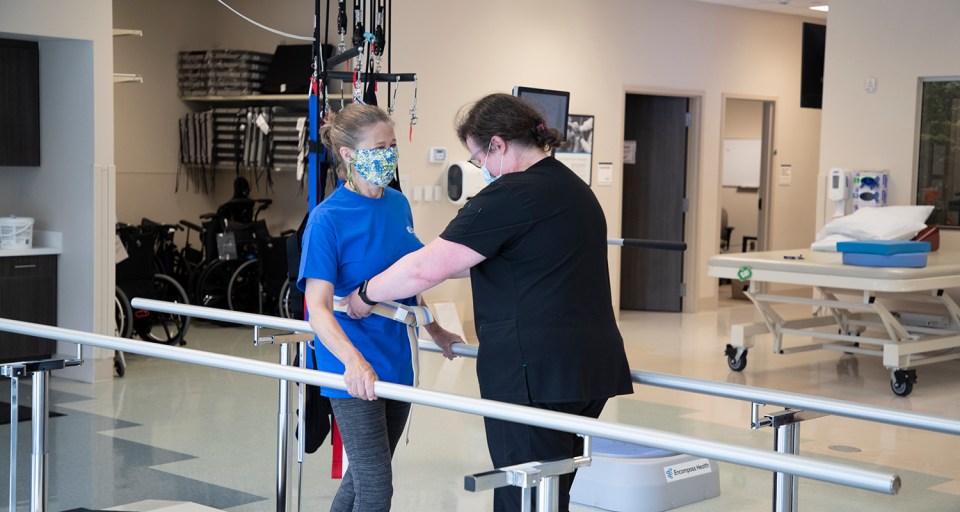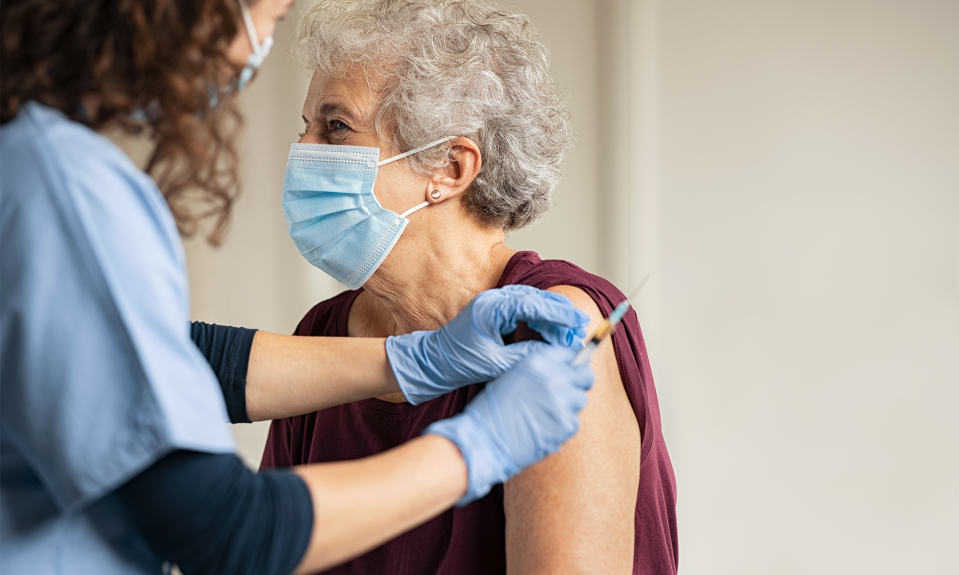From wearing extra personal protective equipment (PPE) to finding innovative ways to keep our patients connected to family and friends, 2020 definitely has been a year of unprecedented change for those of us working in healthcare.
We were forced to find ways to care for our patients and each other while navigating the ever-changing news coming out about this new coronavirus.
At Encompass Health, we were able to adapt to these changes quickly, in part because of our constant communications among our home office staff and hospitals, but also because of policies we had in place pre-pandemic.
No one could ever predict what 2020 would bring, but I’m thankful we had the foresight to develop these policies years ago. Already having these policies in place allowed us to adjust and respond quickly during this time.
Getting ahead of CDC guidance
I was at the Chicago airport in early March when I got the call from our chief medical officer that we were starting a COVID-19 task force. One of the gaps we immediately had to fill was that the CDC provided guidance to acute care and other long-term care facilities, but not to inpatient rehabilitation.
For example, we had no guidance for whether or not patients should go to the gym or receive therapy. We have close contact with our patients, and we had to figure out what that looked like during a pandemic.
Fortunately, Encompass Health developed infection control protocols specifically for inpatient rehabilitation more than a decade ago. In light of COVID-19, we quickly added some additional precautions to the existing infection control protocols to help ensure the safety of employees and patients during this unprecedented time.
Treating COVID-19 survivors
At the start of the pandemic, no one knew exactly what role inpatient rehabilitation would play in caring for patients recovering from COVID-19. Our initial focus was therefore more on how we would prevent the spread if and when the virus was brought into our hospitals.
However, as more people began falling severely ill, it was clear these patients could benefit from inpatient rehabilitation. Many patients were weak and deconditioned after weeks in the hospital, often on a ventilator. They needed therapy before they could return home, and they also needed the round-the-clock nursing care provided by inpatient rehabilitation hospitals.
The only problem—under normal circumstances, patients cannot be admitted to an inpatient rehabilitation facility unless they are able to tolerate three hours of therapy a day, and most patients recovering from COVID-19 couldn’t handle that many hours of daily therapy. Fortunately, while under the COVID-19 public health emergency, CMS waived the “Three-Hour Rule” as well as the “60 Percent Rule” requirement that at least 60% of patients discharged from rehabilitation hospitals must have been diagnosed with one of 13 qualifying conditions. These waivers allowed us to treat many patients recovering from COVID-19 who otherwise would not have qualified for inpatient rehabilitation. I think we did a good job of adjusting to the needs of these patients quickly. We were able to admit them and give them the nursing care and therapy they needed to return home.
Leadership in a pandemic
Just like our infection control protocols, we had strong nursing leadership in place prior to the pandemic, which really set us up for success.
We have a nursing leadership board that’s there to support and help build leaders in our hospitals. Those leaders knew going into this pandemic that communication would be key, now more than ever. They also knew that communication couldn’t occur in a silo—it had to be interdisciplinary. Nursing had to talk to therapy, and vice versa.
We took the same approach when forming the company’s COVID-19 task force. It wasn’t just clinicians and those working in infection control roles. In addition to physicians, nursing staff and therapists, we also had representatives from supply chain operations, risk management, legal and compliance. It was truly an interdisciplinary team. This interdisciplinary approach makes us stronger together and able to meet the demands of 2020!
The content of this site is for informational purposes only and should not be taken as professional medical advice. Always seek the advice of your physician or other qualified healthcare provider with any questions you may have regarding any medical conditions or treatments.



